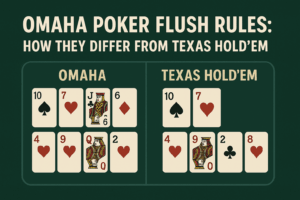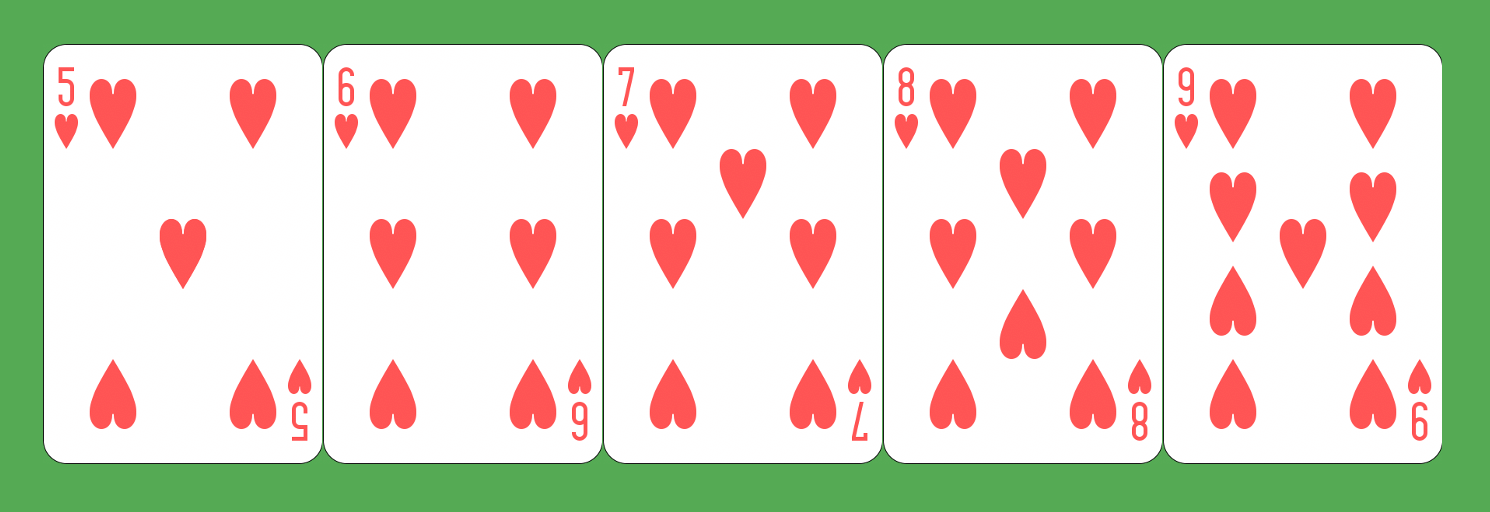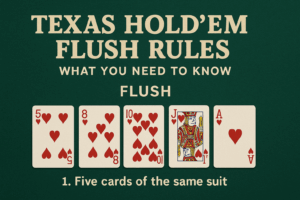

Poker Flush Rules
In poker, flush rules are essential to grasp for anyone aiming to play confidently and strategically. A flush occurs when a player holds five cards of the same suit, regardless of their numerical order. According to standard poker flush rules, a flush beats a straight but loses to a full house. If two players both have a flush, the winner is determined by the highest-ranked card in the flush. For instance, a flush ending in an Ace will always beat one ending in a King. These rules apply across most popular poker variants, including Texas Hold’em and Omaha, making it crucial for players to understand how to evaluate and compare flush hands during gameplay.
In Chinese Poker, flush rules differ slightly from traditional poker, especially due to the unique structure of the game with three hands: front (3 cards), middle (5 cards), and back (5 cards). A flush, which consists of five cards of the same suit, can only appear in the middle or back hand. According to Chinese Poker flush rules, hand strength must increase from front to back, so placing a flush in the middle requires the back hand to be stronge usually a full house or higher.
A flush is a hand made up of five cards of the same suit, regardless of their numerical order. For example, five hearts form a flush.
In Texas Hold’em, a flush is formed using any five cards of the same suit from your two hole cards and the five community cards.
Yes. In Omaha, you must use exactly two of your four hole cards and exactly three community cards to form a flush.
No. The front hand in Chinese Poker has only three cards and cannot form a flush. Flushes are only valid in the middle or back hand.



Copyright © 2025 Poker Flush Rules. All Right Reserved.